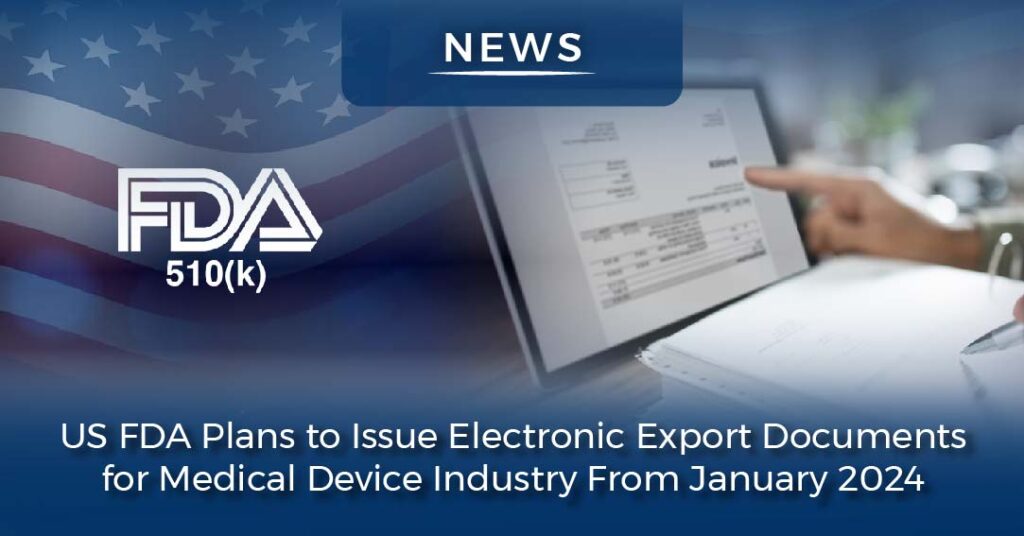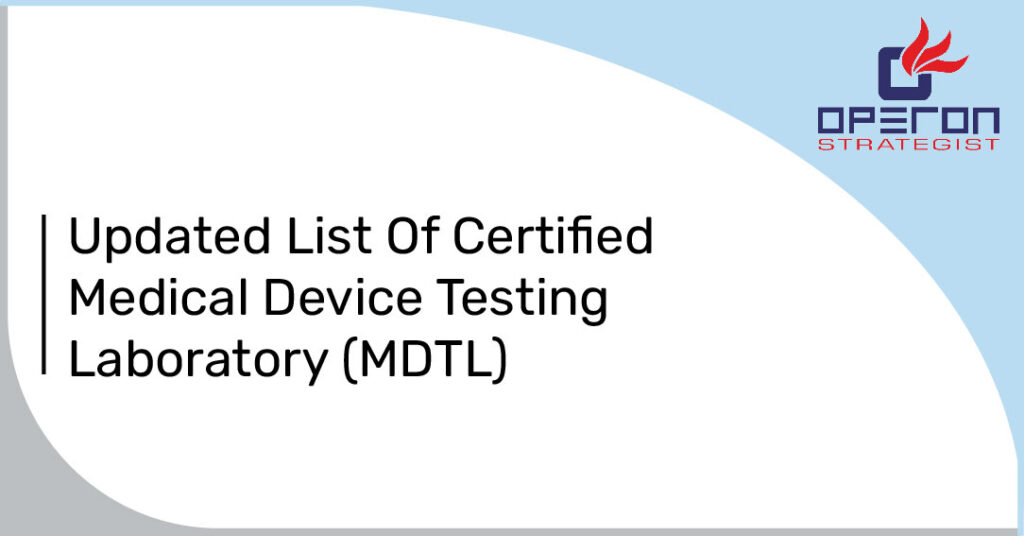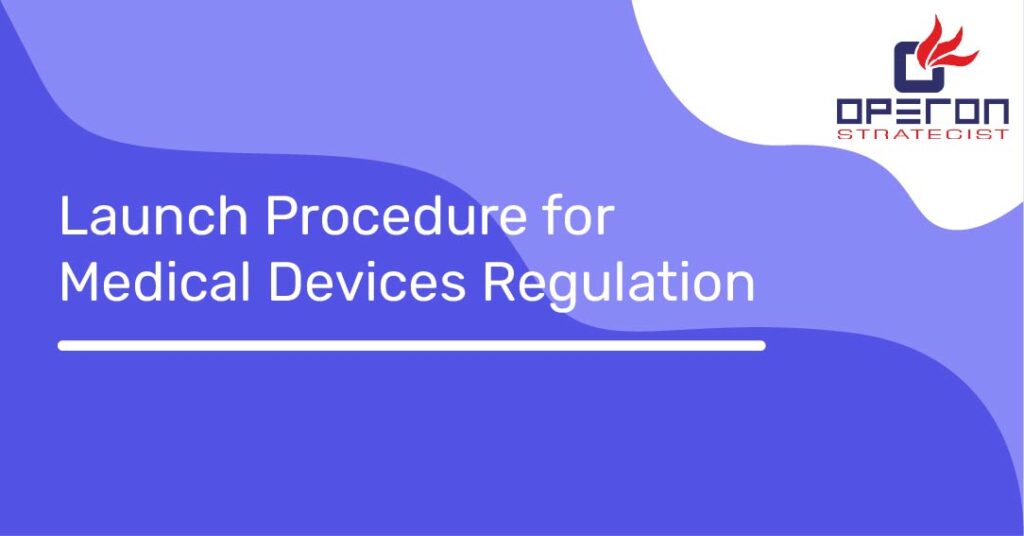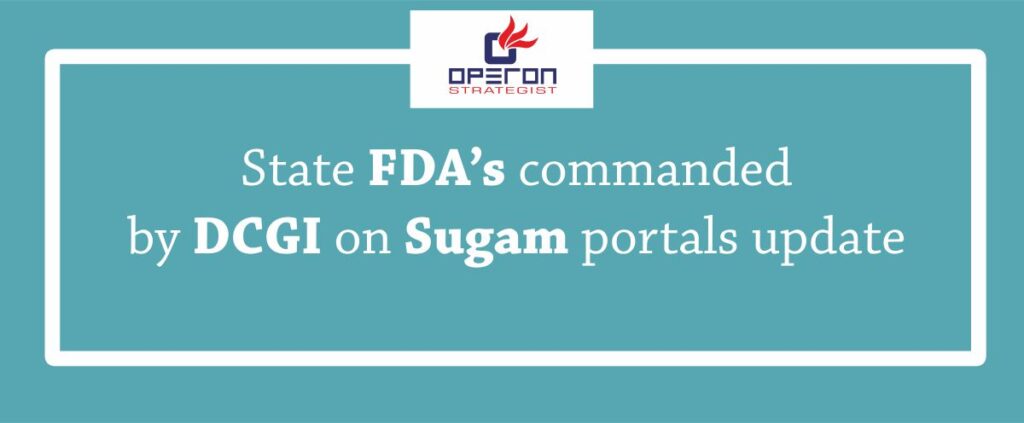Electronic Export Documents for Medical Device
(CDRH) is ushering in a significant change in the way export documents for medical devices are handled. Effective January 2, 2024, the transition from traditional paper documents to electronic export documents will commence. These electronic documents will encompass several essential certificates, including:
- Certificate to Foreign Government
- Certificate of Exportability Section 801(e)(1) or 802
- Non-Clinical Research Use Only Certificate
- Certificate to Foreign Government for Device Not Exported from the United States
- Export Permit Letter
Looking for Medical Device Regulatory Consultation?
Let’s have a word about your next project
It's essential to note some key dates and procedures related to this transition:
– All certificate requests received by December 15, 2023, will continue to be issued as paper certificates.
– Requests received after December 16, 2023, will be issued as paper certificates only if the review process is completed before January 2, 2024.
– Requests received after January 2, 2024, will be exclusively issued electronically.
The new electronic export documents for human medical device products regulated by CDRH will be provided in PDF format through the CDRH Export Certification Application and Tracking System (CECATS). These certificates can be authenticated by foreign governments and other relevant parties via the FDA’s FURLS Export Certificate Validator (FECV) database during their validity period. The FECV can be accessed by following the URL or scanning the QR code displayed at the bottom of each certificate.
This transition from paper to electronic PDF documents promises several advantages:
– Improved efficiency in issuing export documents.
– Reduced waiting times for manufacturers to receive export documents.
– Decreased environmental impact due to reduced paper usage.
To request an export document through CECATS, requestors must possess an FDA unified registration and listing systems (FURLS) account ID and password. If you don’t already have a FURLS account, you can create one at your convenience to access CECATS. With the new electronic process, you’ll receive an email notification of approval with instructions on accessing the document. It’s crucial to print or download the document within 45 days of issuance, as it won’t be accessible after this timeframe. Additionally, the application process will no longer require delivery instructions or the uploading of mailing labels.
Starting January 2, 2024, requestors and foreign governments will have the means to verify the authenticity of an export certificate via CECATS and the FURLS Export Certificate Validator (FECV) databases. This can be done by scanning the unique Quick Response (QR) code on the export document and entering the unique certificate number on the FECV site, ensuring a faster and more streamlined authentication process.
Operon Strategist, your trusted partner in medical device regulatory consultation, is here to navigate these important changes alongside you. With our expertise and commitment to staying current with evolving regulations, we will ensure a seamless transition to electronic export documents, keeping you compliant and efficient in this dynamic landscape. Rest assured, our team is ready to support you in this new era of medical device export documentation, making compliance simpler and your business more sustainable. Your success is our mission, and we look forward to continuing to empower your journey in the world of medical device regulation. Contact us now!





